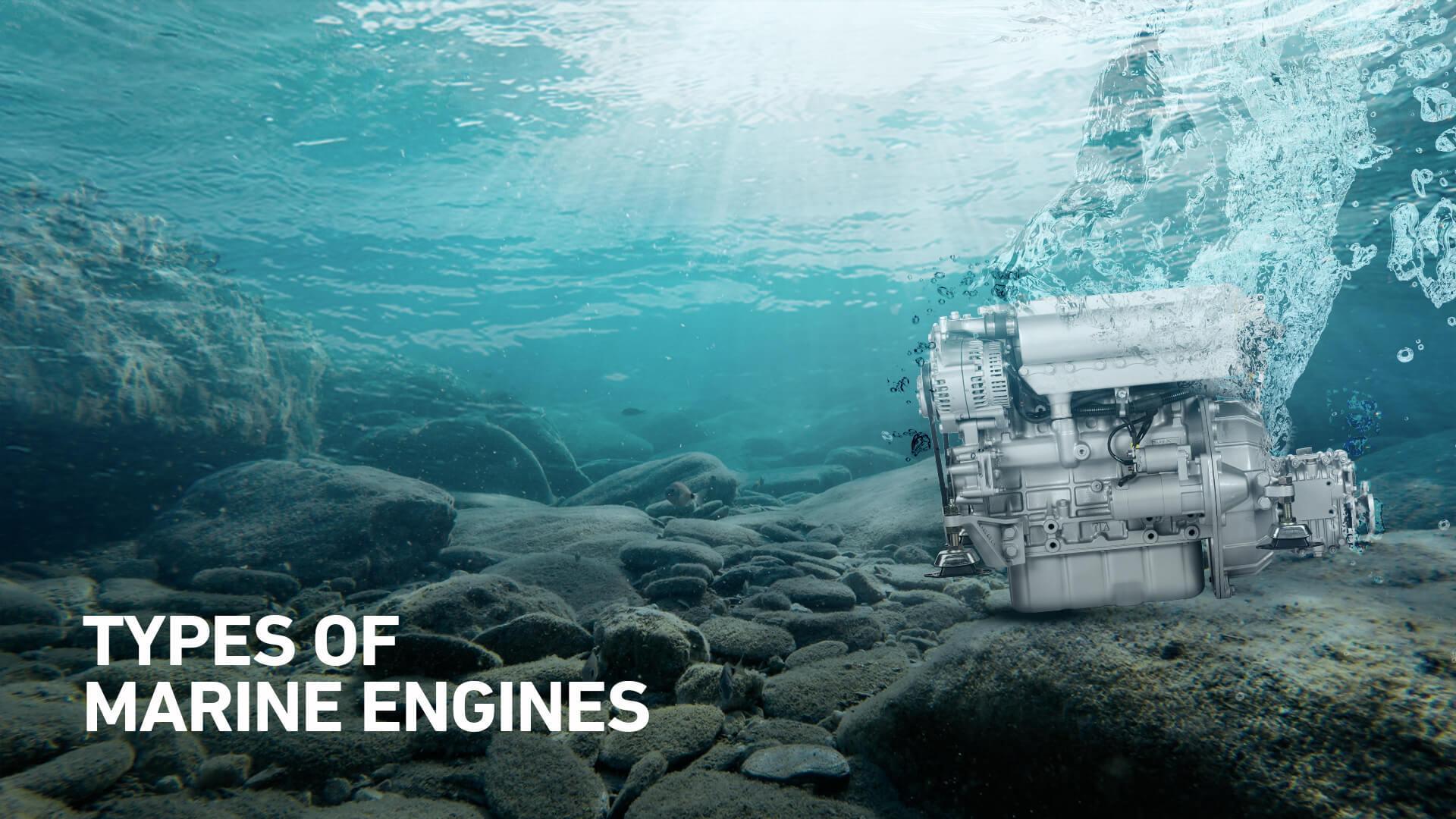Types of Marine Engines

Marine engines are the heart of any waterborne vessel, from a small fishing boat to a massive ocean freighter. They give these vessels the propulsion needed to go through the immense distances of oceans, rivers, and lakes. These engines are designed to withstand the harshest environments while providing the power necessary to navigate the expansive marine. Diesel engines are generally preferred in these applications; however, when light weight is into consideration, petrol is prioritised.
These marine engines exist in an array of kinds, all of which were created to meet the needs of diverse applications and vessel types. In this article, we will take a look at the different types of marine engines that are generally used.
Categories of Marine Engines
- Outboard Engines
- Inboard Engines
- Sterndrive Engines
- Jet Drive Engines
Outboard Engines
Outboard engines are the most popular kind of marine engines. These provide a combination of power and portability. They are generally mounted on the stern (back) of the boat. An outboard engine is a self-contained unit that consists of the engine, gearbox, and propeller. This design makes it simple to move, tilt, and remove.
These engines are extensively used in fishing boats, leisure boats, and smaller watercraft due to their adaptability and low maintenance needs. Outboard engines can be powered by either gasoline or diesel; however, gasoline is more common due to its lighter weight and cost-effectiveness for smaller, recreational boats.
Inboard Engines
Inboard engines are generally used in larger boats like yachts, cruisers, and commercial boats. Compared to outboard engines, inboard engines are mounted inside the boat’s hull, usually close to the center. There is a driveshaft attached to the engine that passes through the hull and powers the propeller. The internal placement of the engines within the hull contributes to a lower center of gravity, improving balance and stability, which is crucial for sizable crafts.
Longevity, fuel economy, and power production are some of the key features of inboard engines. Along with this, there is a decreased level of noise and vibration. Since inboard engines are less exposed to environmental elements, they tend to have a longer lifespan. For those looking for dependable and high-performance propulsion for larger watercraft, inboard engines are the preferred choice. Generally, diesel as a fuel is preferred over gasoline in these engines due to its ability to generate better fuel economy, torque, and power. Inboard marine diesel engines are built to handle the rigours of long voyages and extended use.
Sterndrive Engines
Sterndrive engines, also known as inboard/outboard (I/O) engines, offer a special blend of power and manoeuvrability. They provide a hybrid solution that combines the best of both worlds. These engines are mounted inside the boat’s hull, much like inboard engines. The propulsion system resembles that of an outboard engine, extending outside the hull.
When compared to conventional inboard engines, this layout offers improved performance and navigation. With the engine mounted inside the hull and the drive unit placed outside, stern drives deliver power and performance suitable for leisure boating, water sports, and high-speed cruising. Generally, these engines are used where agility, power, and effective control are required. Sterndrive engines provide superior thrust and handling compared to outboards while still maintaining the sleek profile and efficiency of inboard engines.
Jet drive Engines
Jet-drive engines use a jet of water to propel the boat and are found in various types of watercraft, including jet skis and high-speed boats. The propulsion technology used by jet-drive engines is distinctive compared to conventional propeller-based systems. Jet drives pull water up from below the boat and forcefully eject it at high speed through a nozzle, moving the craft forward.
Jet-drive propulsion systems use water to propel and steer the boat, offering high performance and safety benefits in shallow waters due to the absence of exposed propeller blades. As far as application is concerned, they are widely used in riverboats, PWCs (Personal Watercrafts), and other boats that need to be nimble and operate in confined spaces. These engines can be powered by either gasoline or diesel, but gasoline is more prevalent in recreational and smaller jet-drive applications. Diesel jet drives are generally used for larger, commercial purposes.
Final Thoughts
As can be seen from the above context, all the engines come with their pros and cons. Depending on the application and the specific needs of the vessel, the choice of engine type can be made. After a thorough understanding of the unique attributes of each engine type, boat owners and marine enthusiasts can make informed decisions that suit their specific needs.




